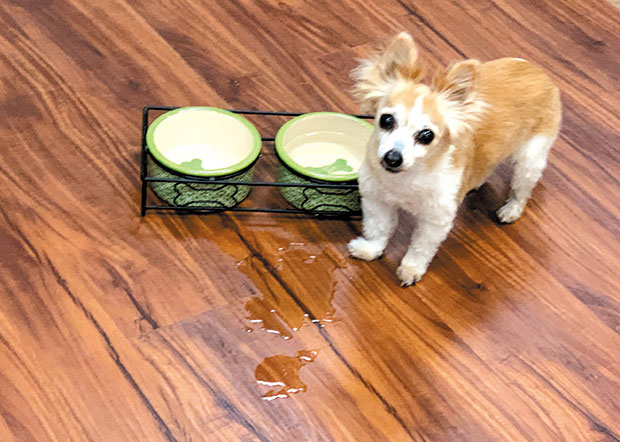My daughter, who turned 3 just a few months ago, seems to know it all. When she hears a song for the first time, she tells me she knows it and can teach it to me. When she gets a new toy, she insists she knows how to put it together and operate it. Although I admire her confidence, I cannot say that I can relate.
As an avid reader and someone who enjoys conversation about how-tos, I am also constantly learning about new products or innovations that surpass what I previously thought of as “the best.” This happened recently as I spoke with Mark Elwell. He has been in the flooring industry for more than 20 years, as a member of the board of directors for the National Wood Flooring Association (NWFA) and as the owner of Hawaiian Style Flooring (previously known as Bamboo Flooring Hawaii).
While chatting about luxury vinyl tile (LVT), I was pleasantly surprised when he shifted the conversation to a specific type of LVT: stone polymer composite (SPC). Previously under the impression that all LVTs were created equally, Elwell helped me to understand the many little nuances that can make big differences.
Composite correlates with resiliency. “LVTs are called resilient flooring for a reason: They’re resilient against wear, tear and everyday use,” Elwell said. “LVTs started as WPC (wood-plastic composite), but the problem was that it wasn’t waterproof. It would also crush and wasn’t structurally stable.” Instead, Elwell recommends SPC, which is typically made with either crushed limestone or another type of stone.
Connections can inform quality. “You can determine quality by looking at the interlocking system,” Elwell said. He recommends innovative flooring droplock systems, which incorporate angle locks on the side of the planks that installers line up and tap into place. “Installation is also relatively cheaper with a good interlocking system, so what you might save by going with a cheaper product you make up for with installation. Go with the top product for something that will last longer in the long run. ”
Numbers matter. Elwell recommends the following: at least a 0.5 millimeters wear layer, which is the layer above the SPC that protects from wear and tear; a 2 millimeters foam underlayment, which he said should be attached to the product; and a design with at least 10 to 12 patterns (as opposed to the more common three to five that budget companies typically offer). “The repeat of the product matters,” El-well said. “This keeps you from seeing the same pattern over and over on the same floor.”
Have your own questions about tile flooring? Call Hawaiian Style Flooring at 550-8080.
Have a comment or question for Joanne? Email thefixisinhawaii@gmail.com.

